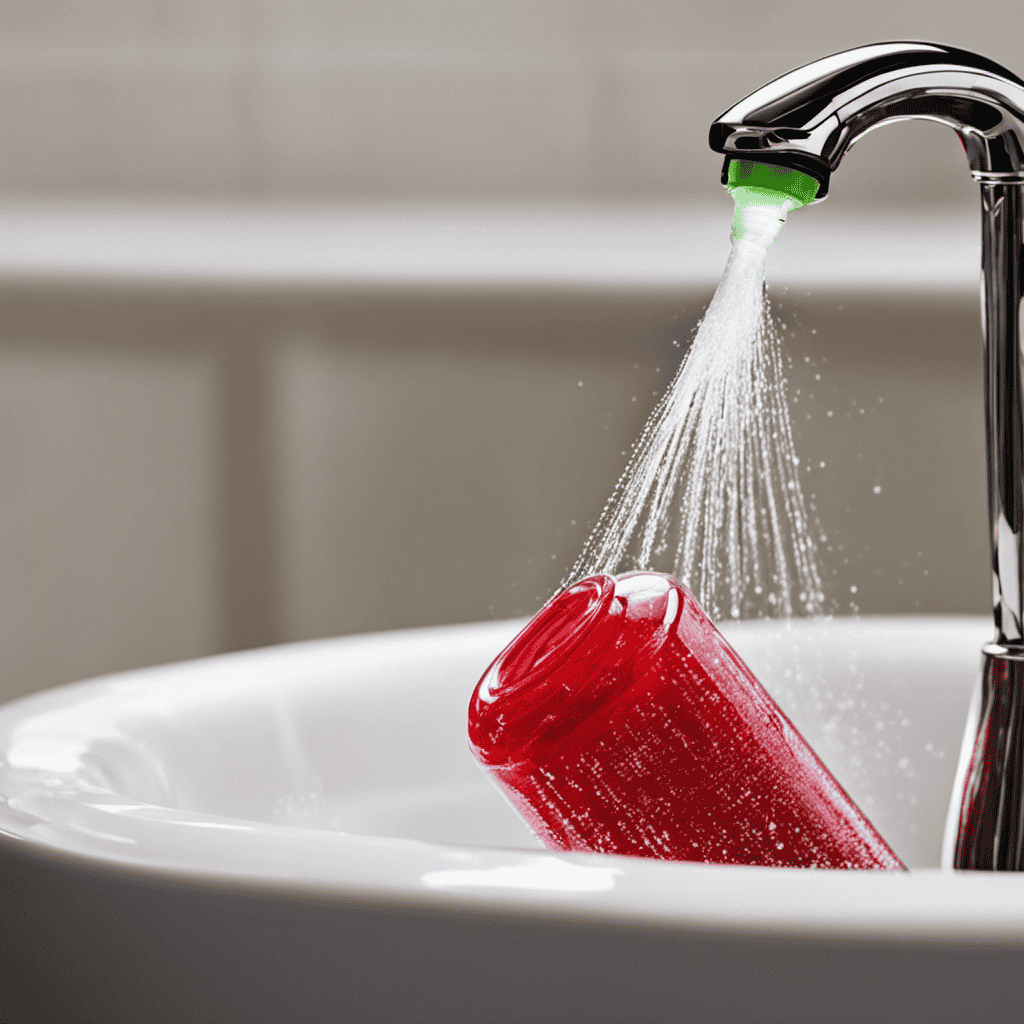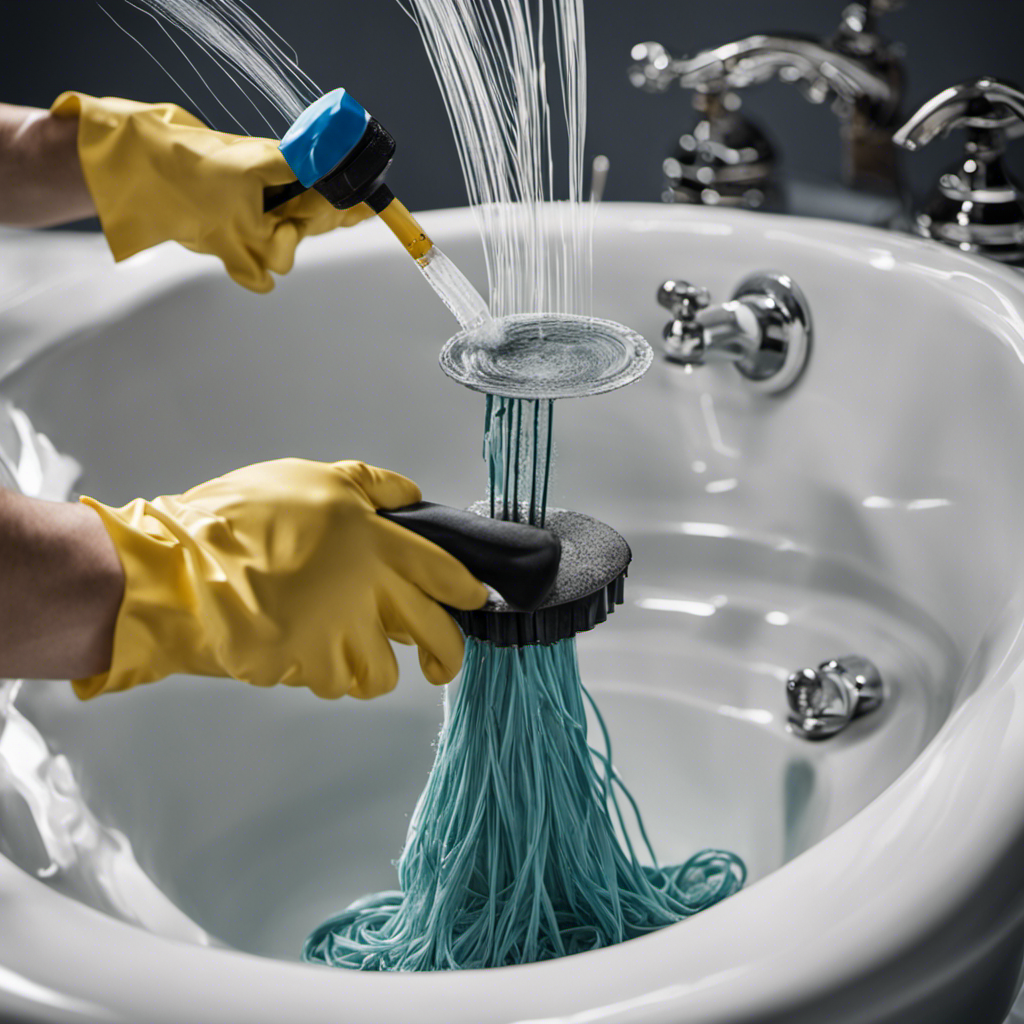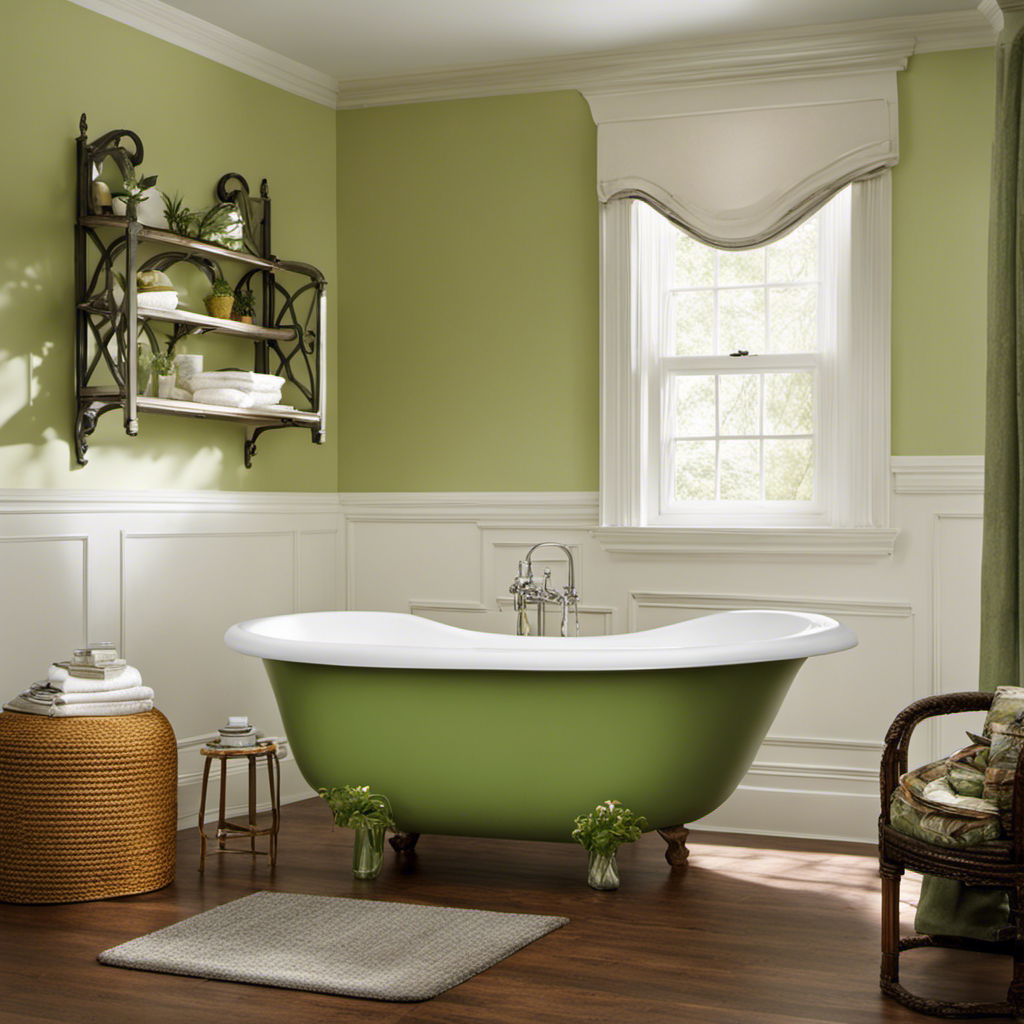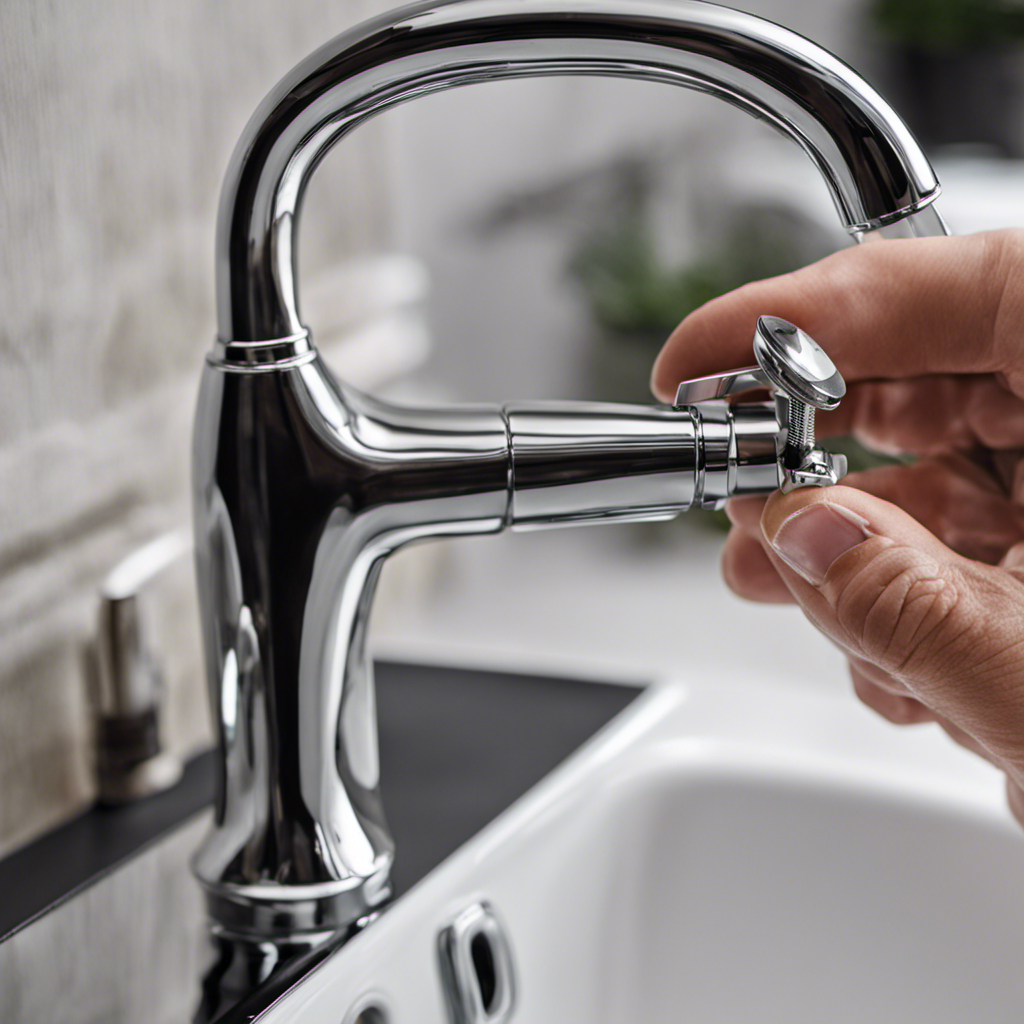As I stepped into the bathroom after my bathtub had been reglazed, I couldn’t help but wonder: how long do these fumes last?
In this article, we will delve into the factors that affect the duration of bathtub reglazing fumes and explore the typical timeframe for their dissipation.
With a focus on minimizing exposure and quickening the fume dissipation process, we’ll provide you with valuable tips to ensure a safe and efficient reglazing experience.
Key Takeaways
- Ventilation is essential for quick fume dissipation.
- Factors such as temperature and humidity levels can prolong fume duration.
- The material of the bathtub surface can influence fume lingering.
- The quality of reglazing products used can impact fume duration.
Understanding Bathtub Reglazing and Fume Duration
Do you want to know how long bathtub reglazing fumes typically last?
It is important to understand the safety precautions and potential health risks associated with these fumes.
Bathtub reglazing is a process that involves applying a new coating to the surface of the bathtub to restore its appearance and functionality. However, the chemicals used in this process can release fumes that may be harmful if inhaled.
These fumes can linger in the air for a certain period of time, depending on various factors. The duration of bathtub reglazing fumes can be influenced by factors such as ventilation, temperature, and the type of coating used.
Factors Affecting the Duration of Bathtub Reglazing Fumes
There are several factors that can affect how soon bathtub reglazing fumes dissipate. Understanding these factors is crucial to managing the health risks associated with the bathtub reglazing process. Here are five key factors to consider:
-
Ventilation: Proper ventilation is essential for the quick dissipation of fumes. A well-ventilated area will help to remove the fumes more efficiently.
-
Temperature and humidity: Higher temperatures and humidity levels can increase the time it takes for the fumes to dissipate.
-
Type of surface: The material of the bathtub surface can affect how long the fumes linger. Porcelain and fiberglass surfaces may hold onto fumes for longer periods.
-
Quality of products used: The quality of the reglazing products used can impact the duration of fumes. Higher quality products may have less potent fumes and dissipate more quickly.
-
Application technique: The skill and technique of the person performing the reglazing can affect the amount of fumes released and how long they last.
Considering these factors will help homeowners and professionals manage the health risks associated with bathtub reglazing fumes.
Transitioning into the subsequent section about the typical duration of bathtub reglazing fumes, it is important to note that these factors will also play a role in determining how long the fumes will last in a specific situation.
Typical Duration of Bathtub Reglazing Fumes
The duration of bathtub reglazing fumes can vary depending on factors such as ventilation, temperature, humidity, surface type, product quality, and application technique. It is important to understand the potential health risks associated with these fumes, especially when using DIY bathtub reglazing techniques. While the exact duration will depend on the specific circumstances, it is generally recommended to avoid entering the area until the fumes have dissipated completely. This can typically take anywhere from a few hours to a couple of days. To give you a better idea, here is a table outlining the typical duration of bathtub reglazing fumes based on different factors:
| Factors | Duration (in hours) |
|---|---|
| Proper ventilation | 2-4 |
| Higher temperature | 4-6 |
| High humidity levels | 6-8 |
| Poor ventilation | 10-12 |
It is crucial to prioritize safety during the reglazing process, and if in doubt, consult a professional to ensure proper handling and minimize any potential risks to your health.
Tips for Minimizing Fume Exposure During Bathtub Reglazing
To minimize your exposure to fumes during bathtub reglazing, it’s important to ensure proper ventilation in the area. Here are some tips for minimizing health risks and exploring alternatives to reglazing:
- Use a respirator mask certified for organic vapors to protect your respiratory system.
- Open all windows and doors in the room to allow fresh air to circulate.
- Place fans strategically to help disperse the fumes and increase air movement.
- Consider using low-VOC (volatile organic compound) reglazing products that emit fewer fumes.
- Explore alternatives to reglazing, such as bathtub liners or refinishing kits.
By following these guidelines, you can reduce your exposure to harmful fumes and make the reglazing process safer.
Now, let’s transition to the next section and explore how to speed up the dissipation of bathtub reglazing fumes.
How to Speed up the Dissipation of Bathtub Reglazing Fumes
If you want to speed up the dissipation of the strong fumes from bathtub reglazing, try placing multiple fans strategically around the room to increase air circulation. This method can effectively enhance ventilation and help reduce the concentration of harmful fumes in the air.
By strategically positioning the fans in different corners of the room, you can create a cross-current of air, promoting a faster exchange of indoor and outdoor air.
Additionally, using alternative fume extraction methods, such as portable air purifiers or exhaust fans, can further assist in expelling the fumes from the area. These devices actively remove contaminants from the air, aiding in the overall ventilation process.
When combined with proper ventilation techniques, these measures can significantly reduce the time it takes for bathtub reglazing fumes to dissipate, ensuring a safer and more comfortable environment.
Conclusion
In conclusion, the duration of bathtub reglazing fumes depends on various factors such as ventilation, temperature, and the type of reglazing material used. On average, the fumes can last anywhere from a few hours to a couple of days.
To minimize exposure to these fumes, it is crucial to ensure proper ventilation and follow safety guidelines. Additionally, using fans or opening windows can help speed up the dissipation process, similar to how a gentle breeze disperses smoke in a vast open field.










